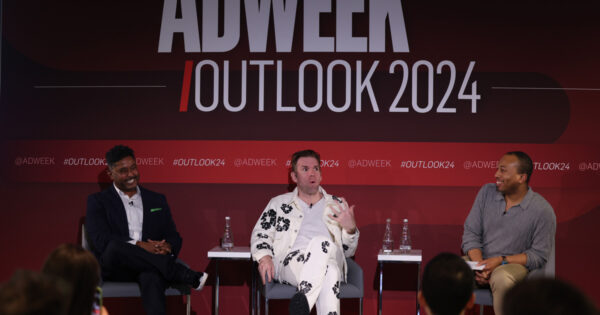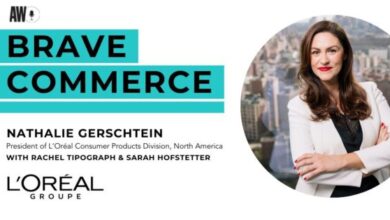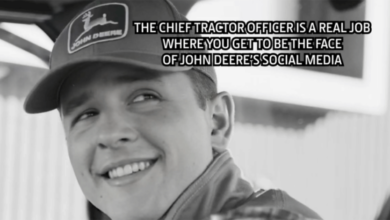
“It would’ve been riskier to do something boring or nothing at all,” Kolbusz said of the “Prop Bites” promotion. “Instead you did something really clever.”
Though it was central to the discussion during the panel with Adweek’s Digital Editor Colin Daniels, Kolbusz said he takes issue with the word “risk.”
“You don’t actually have to take risks to do great creative—bold work that really stands out—because with the right strategists and creative minds working together, you can pre-empt any fears,” Kolbusz said.
Using a combo of testing, social listening and other analytical tools, campaigns that may seem “dangerous, risky or irreverent” can be grounded in data and insights, “backed up by quality thinking,” Kolbusz said.
Calculated risk
Tums executives consider the potential positive and negative outcome of any calculated risk, Cherian said, informing the company brass of a campaign’s direction, tone and target.
“If we get a little bit of push-back, we’re okay holding to the strategy because we believe in it,” said Cherian, who noted that creating friction in the marketplace can be a good thing.
“Some of the best creative risks we’ve taken have come from social listening,” Cherian said. “You may hear good and bad things about your brand, but at least you get the real real.”
Kolbusz wondered aloud how far brands can push these days in an increasingly cluttered market, and what they need to do to inject themselves into the popular consciousness.
“It’s very, very difficult to get people upset,” Kolbusz said. “It’s very, very hard to be hated.”
As an example, Kolbusz brought up an Ocean Spray ad from 2023 that “everyone was nervous” about. “It had a woman kicking a clown in the face three times,” he said. “We were all prepared for blow-back.”
The complaints were scant, most coming from professional clowns, with Kolbusz noting: “It’s much easier to be ignored.”
Source link





